Table of Contents
About This Content
This guide provides accurate, verified information about green cardamom pods for home cooks and culinary professionals. All content is researched and validated by culinary experts to ensure reliability and usefulness.
Green Cardamom Pods: Essential Guide
Green cardamom pods are a versatile spice used in a wide range of culinary applications, from teas and desserts to savory dishes. They offer unique flavor profiles and health benefits that make them a valuable addition to any kitchen. Here's a complete guide to using green cardamom effectively, including how to choose the best quality pods, storage tips, and health benefits backed by scientific research.
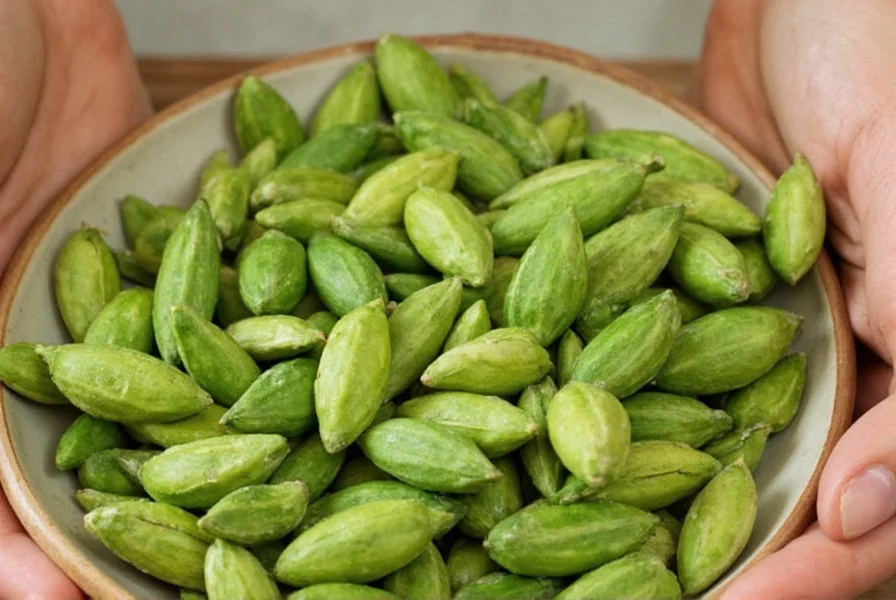
Green cardamom (Elettaria cardamomum) is a member of the ginger family and is native to the Western Ghats of India. The pods are small, triangular, and have a vibrant green color. Inside, you'll find tiny black seeds that are responsible for the intense, sweet, and slightly citrusy aroma that defines this spice.
Understanding the Flavor Profile
The flavor of green cardamom is complex and multi-layered. It has a sweet, floral note with hints of citrus, mint, and even a touch of pepper. This unique profile makes it incredibly versatile, suitable for both sweet and savory dishes.
When used whole, the pods can be crushed or split open to release their oils. The seeds inside are often used in ground form, but when left whole, they add a subtle, aromatic depth to soups, stews, and braises.
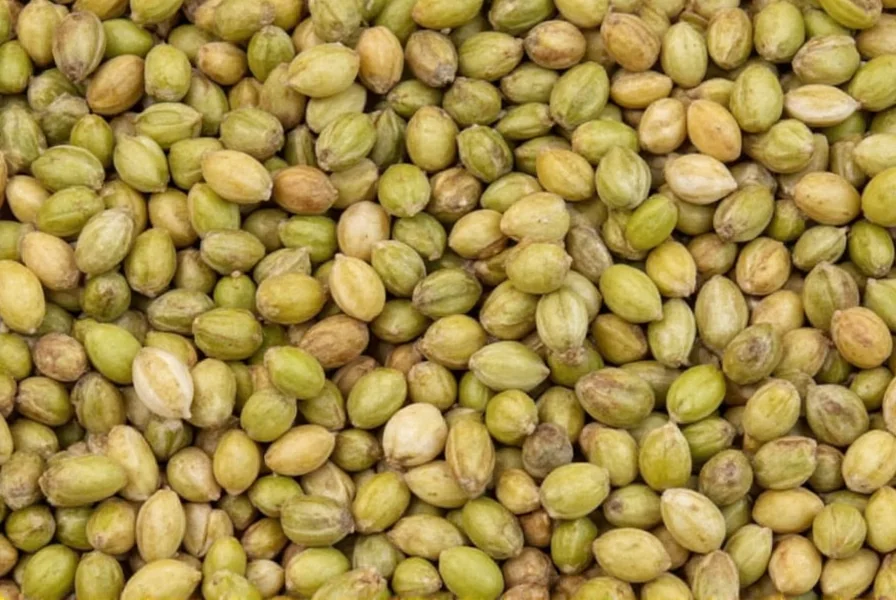
It's important to note that green cardamom is different from black cardamom. While both are used in Indian and Middle Eastern cuisine, black cardamom has a more smoky and earthy flavor, making it better suited for hearty dishes like curries and meat preparations.
Practical Uses in Cooking
Green cardamom is a staple in many traditional recipes. From Indian chai to Middle Eastern desserts, its use spans across cultures. Here are some common ways to incorporate it into your cooking:
- Teas and Beverages: Add 2-3 whole pods to your tea for an aromatic twist. It pairs especially well with black tea, milk, and spices like cinnamon and cloves. For authentic Indian chai, crush the pods before adding to release maximum flavor.
- Sweet Dishes: Use 1/4 teaspoon ground green cardamom in desserts like kheer (rice pudding), gulab jamun, and barfi. It adds a fragrant, sweet note that enhances the overall flavor. For baking, try adding it to cinnamon rolls or gingerbread for a unique twist.
- Savory Dishes: In Indian cuisine, green cardamom is commonly used in biryanis, pulao, and meat dishes. For best results, add whole pods to the oil before adding other ingredients to infuse the flavor throughout the dish.
- Baking: Try adding 1/2 teaspoon ground cardamom to cakes, cookies, and pastries. It works particularly well in spiced breads and muffins. For a professional touch, mix it with sugar to create cardamom sugar for sprinkling on baked goods.
- Infused Oils and Ghee: Infuse 3-4 whole pods into 1 cup of oil or ghee over low heat for 15 minutes. This creates a fragrant base that can be used in cooking or as a finishing oil for rice dishes.
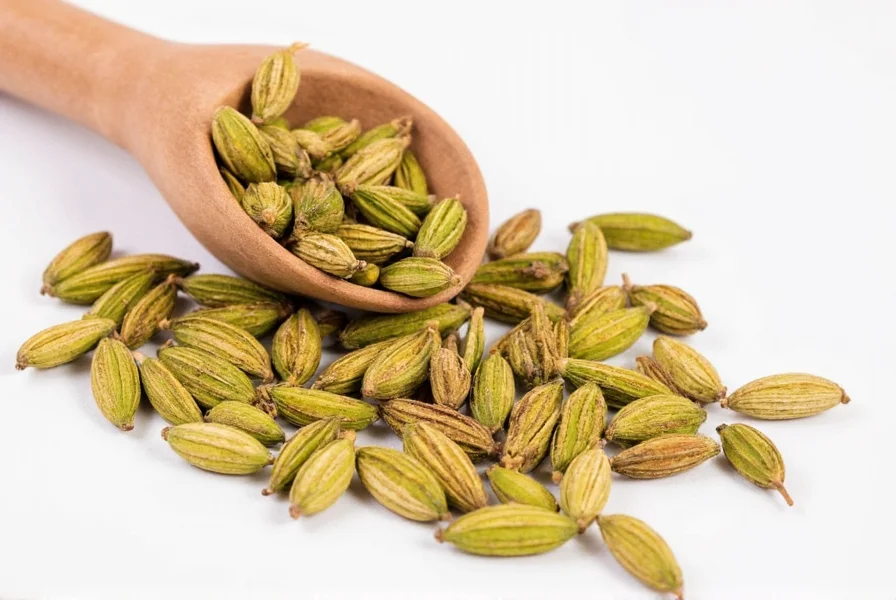
One of the most popular uses of green cardamom is in Indian chai. When you sip on a cup of freshly brewed tea with a couple of cardamom pods, the aroma alone is enough to transport you to the streets of Delhi or Mumbai.
Buying Guide for Green Cardamom Pods
If you're looking to buy green cardamom pods, there are a few things to keep in mind to ensure you get the best quality. Here's a detailed guide to help you choose wisely:
Features to Look For
- Appearance: High-quality green cardamom pods should be bright green, plump, and free from cracks or blemishes. Avoid pods that look dull or discolored.
- Aroma: The pods should have a strong, sweet, and aromatic scent. If they smell stale or musty, they may be old or improperly stored.
- Seeds: When you open a pod, the seeds should be dark, glossy, and not discolored or shriveled. According to the American Herbalists Guild, fresh seeds indicate optimal potency for both flavor and health benefits.
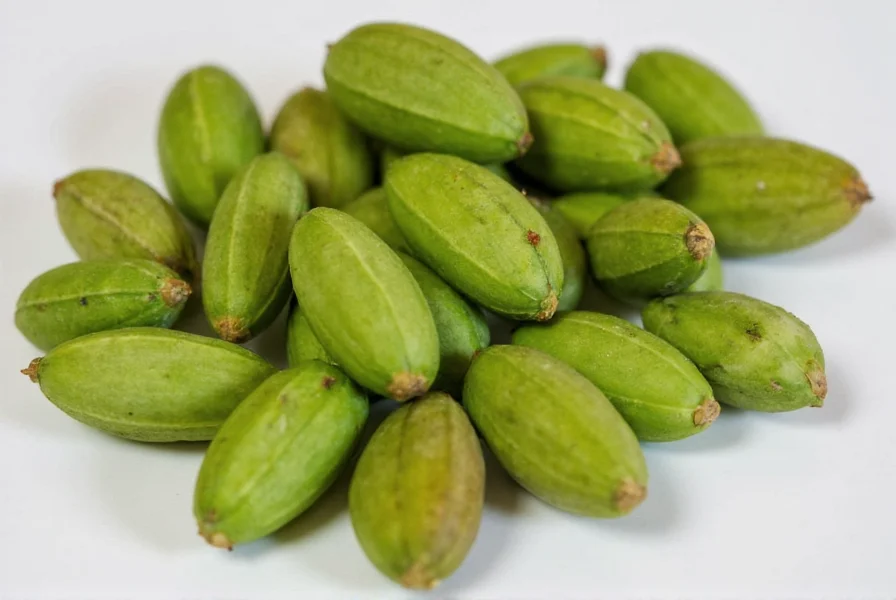
Advantages of Buying Whole Pods
- Longer Shelf Life: Whole pods retain their potency longer than ground cardamom, as the essential oils are protected within the shell. Properly stored, they can last up to 2 years.
- Better Flavor: Crushing the pods yourself allows you to control the intensity of the flavor and ensures maximum freshness. For best results, crush just before use.
- Versatile Use: Whole pods can be used in teas, stews, and even as a garnish, offering more flexibility in the kitchen.
Use Cases and Target Audience
Green cardamom is ideal for:
- Cooking Enthusiasts: Those who enjoy experimenting with global flavors and want to elevate their home-cooked meals.
- Chefs and Bakers: Professionals looking for authentic ingredients to enhance their recipes and create unique flavor profiles.
- Health Enthusiasts: Known for its digestive benefits and potential to freshen breath, green cardamom is also popular among those interested in natural remedies and herbal infusions.
It's perfect for occasions like holiday baking, festive meals, or simply adding a touch of exotic flair to everyday cooking.
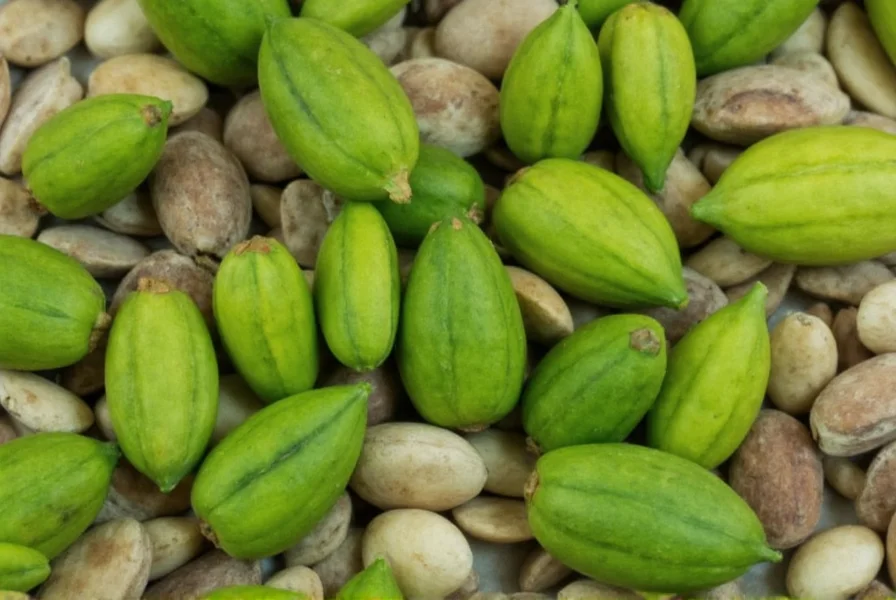
Top 5 Tips for Using Green Cardamom
Whether you're a seasoned chef or a beginner, these tips will help you make the most of green cardamom:
- Crush the Pods: To release the full flavor, gently crush the pods before using them. You can do this with a mortar and pestle or by using a rolling pin. For tea, crush just before steeping to maximize aroma.
- Use in Moderation: Green cardamom is potent, so a little goes a long way. Start with 1-2 pods per cup of tea or 1/4 teaspoon ground per recipe. Adjust to taste, as too much can overpower other flavors.
- Pair with Other Spices: It works well with cinnamon, cloves, nutmeg, and ginger. For baking, try combining with orange zest for a citrusy twist. For savory dishes, pair with cumin and coriander for authentic Indian flavors.
- Infuse in Liquids: Add the pods to hot liquids like tea, milk, or broth to extract their flavor effectively. For best results, simmer for at least 5 minutes to fully release the oils.
- Store Properly: Keep green cardamom pods in an airtight container away from light and moisture to preserve their potency. Store in a cool, dark place like a pantry. For long-term storage, keep in the freezer for up to 3 years.
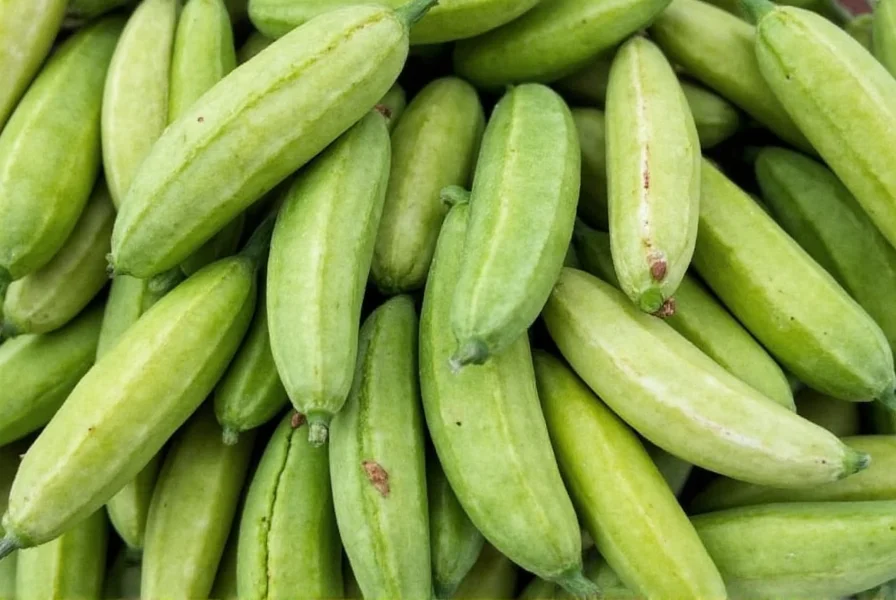
Comparison Table: Green vs. Black Cardamom
| Feature | Green Cardamom | Black Cardamom |
|---|---|---|
| Flavor | Sweet, floral, citrusy | Smoky, earthy, pungent |
| Appearance | Small, triangular, bright green | Larger, irregular, dark brown to black |
| Usage | Teas, desserts, rice dishes | Meat dishes, curries, broths |
| Storage | Whole pods last longer | Ground form is more common |
| Origin | India, Sri Lanka | India, Nepal |
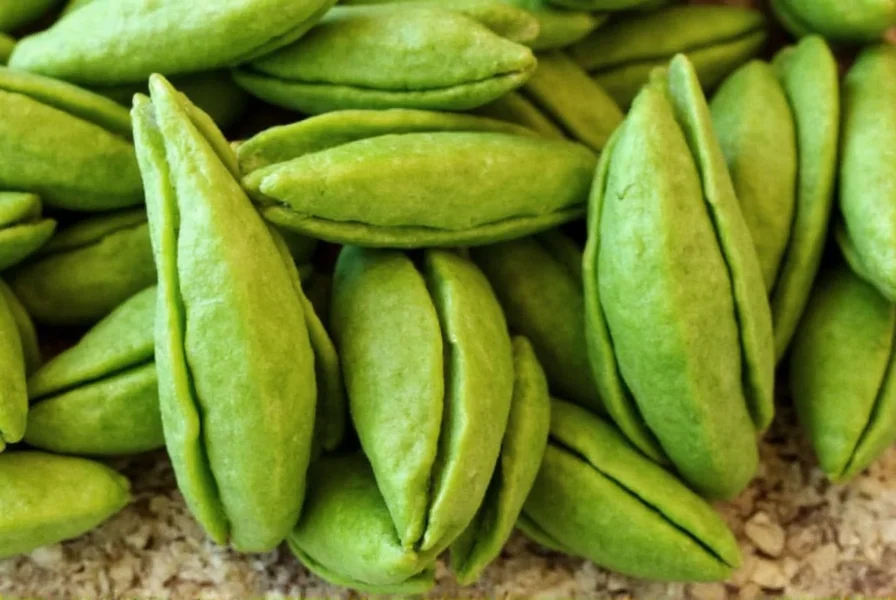
Conclusion
Green cardamom pods are more than just a spice—they're a gateway to a world of rich aromas, deep flavors, and cultural traditions. Whether you're brewing a cup of chai, baking a dessert, or adding a subtle kick to your curry, these pods can transform your cooking experience in a big way.
Remember, the key to unlocking the full potential of green cardamom lies in proper storage, mindful usage, and a willingness to experiment. So next time you reach for your spice rack, don't forget to grab a few green cardamom pods—they might just be the secret ingredient you've been missing.

In short, green cardamom is a must-have for any spice collection, and its versatility makes it a favorite among both amateurs and professionals alike. With a little care and creativity, you can bring out its full flavor and enjoy the magic of this beloved spice in every dish.

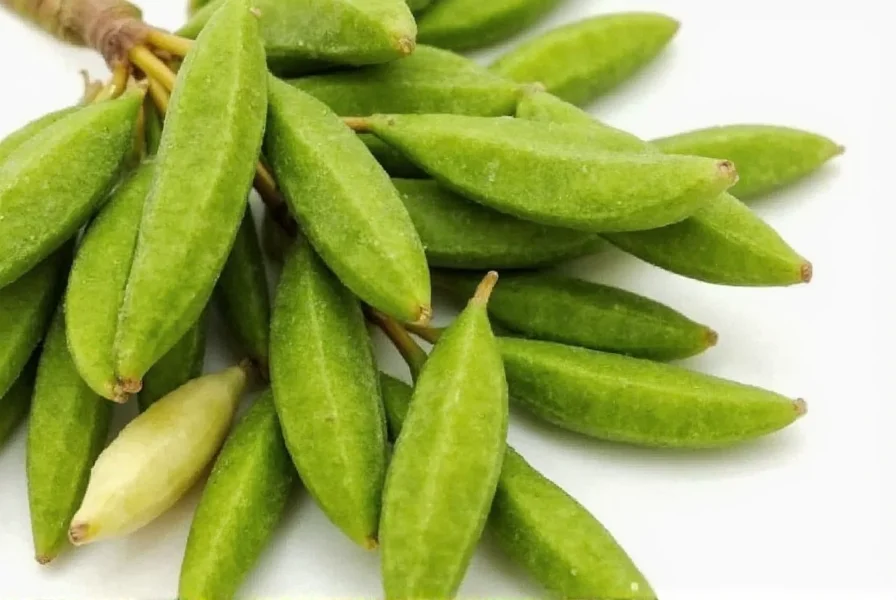









 浙公网安备
33010002000092号
浙公网安备
33010002000092号 浙B2-20120091-4
浙B2-20120091-4